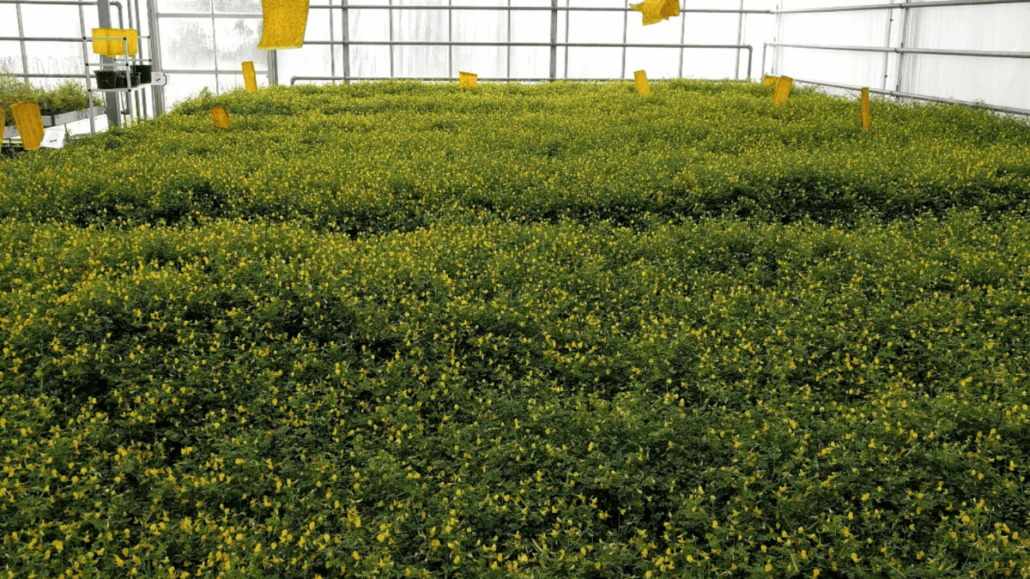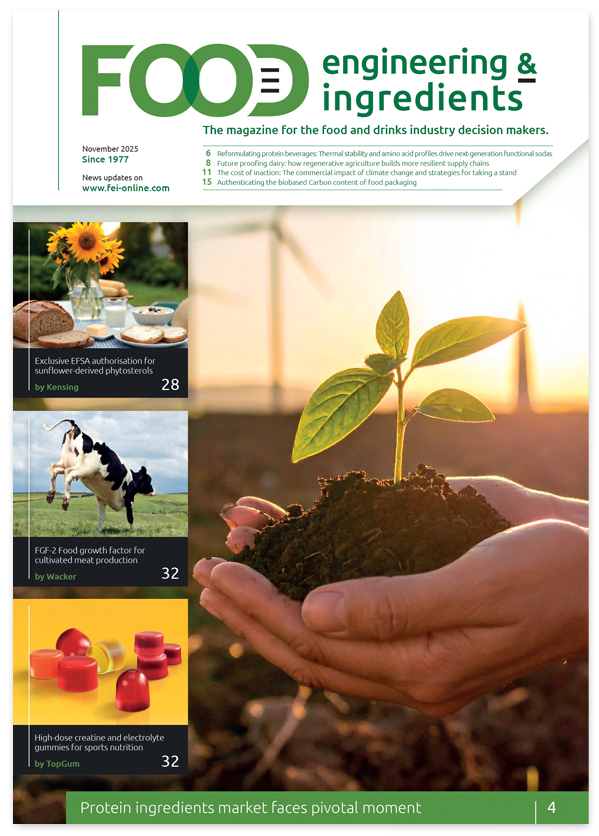Genetic “Off Switch” for nitrogen fixation in legumes discovered
In a groundbreaking study published today in Nature [1], international researchers have identified a genetic regulator that controls the nitrogen fixation process in legumes. This discovery could pave the way for more sustainable agricultural practices and reduced reliance on synthetic fertilisers.
Legumes’ unique ability
Legumes, including beans, peas, and lentils, possess a remarkable ability to convert atmospheric nitrogen into nutrients through interactions with soil bacteria. This process, known as nitrogen fixation, is energy-intensive and typically decreases when nitrogen is already abundant in the soil, either naturally or through fertiliser application.
The newly identified genetic regulator, dubbed “Fixation Under Nitrate” (FUN), acts as an off switch for nitrogen fixation when soil nitrate levels are high. By removing this gene in model legumes, scientists were able to ensure continued nitrogen fixation regardless of soil conditions.
Potential agricultural impacts
Dr Dugald Reid, lead author and researcher at La Trobe University, highlighted the significance of this finding: “From an agricultural perspective, continued nitrogen fixation could be a beneficial trait that increases nitrogen availability, both for the legume and for future crops that rely on the nitrogen left behind in the soil after legumes are grown.”
The research suggests that manipulating this genetic switch could lead to increased crop growth and yield while reducing the need for synthetic fertilisers, thereby mitigating agriculture’s environmental footprint.
Uncovering FUN
The discovery of FUN resulted from an extensive screening process involving 150,000 individual legume plants. Researchers knocked out genes to identify how plants control the switch from nitrogen fixation to soil nitrogen uptake.
Dr Jieshun Lin, co-author and researcher, explained the process: “We designed a genetic screen for thousands of plants in greenhouses to identify the genes that connect environmental triggers with biological signals. By increasing the nitrate levels available to the model legume, we were able to identify those with impaired nitrogen fixing regulation, and uncover the FUN mutant.”
Zinc’s unexpected role
Further investigation revealed that FUN forms long protein filaments when inactive. Intriguingly, the team discovered that zinc levels play a crucial role in activating FUN and shutting down nitrogen fixation.
Dr Kasper Andersen, co-author and researcher, elaborated on this finding: “We found that changing soil nitrogen alters the levels of zinc in the plant. Zinc had not previously been linked to the regulation of nitrogen fixation, but our study found that a change in zinc levels in turn activates FUN, which then controls a large number of genes that shut down nitrogen fixation.”
Future research directions
The study, part of the Enabling Nutrient Symbioses in Agriculture (ENSA) project, involved collaborations between scientists from multiple institutions across Australia, Denmark, France, and Spain. The researchers are now investigating how common legume crops such as soybean and cowpea perform when they lose FUN activity.
This research lays the groundwork for developing new strategies to manage farming systems, potentially reducing nitrogen fertiliser use, increasing farm incomes, and minimising the environmental impact of fertiliser application.
Reference:
- Reid, D., Lin, J., Andersen, K., et al. (2024). Zinc mediates control of nitrogen fixation via transcription factor filamentation. Nature. https://doi.org/10.1038/s41586-024-07607-6




